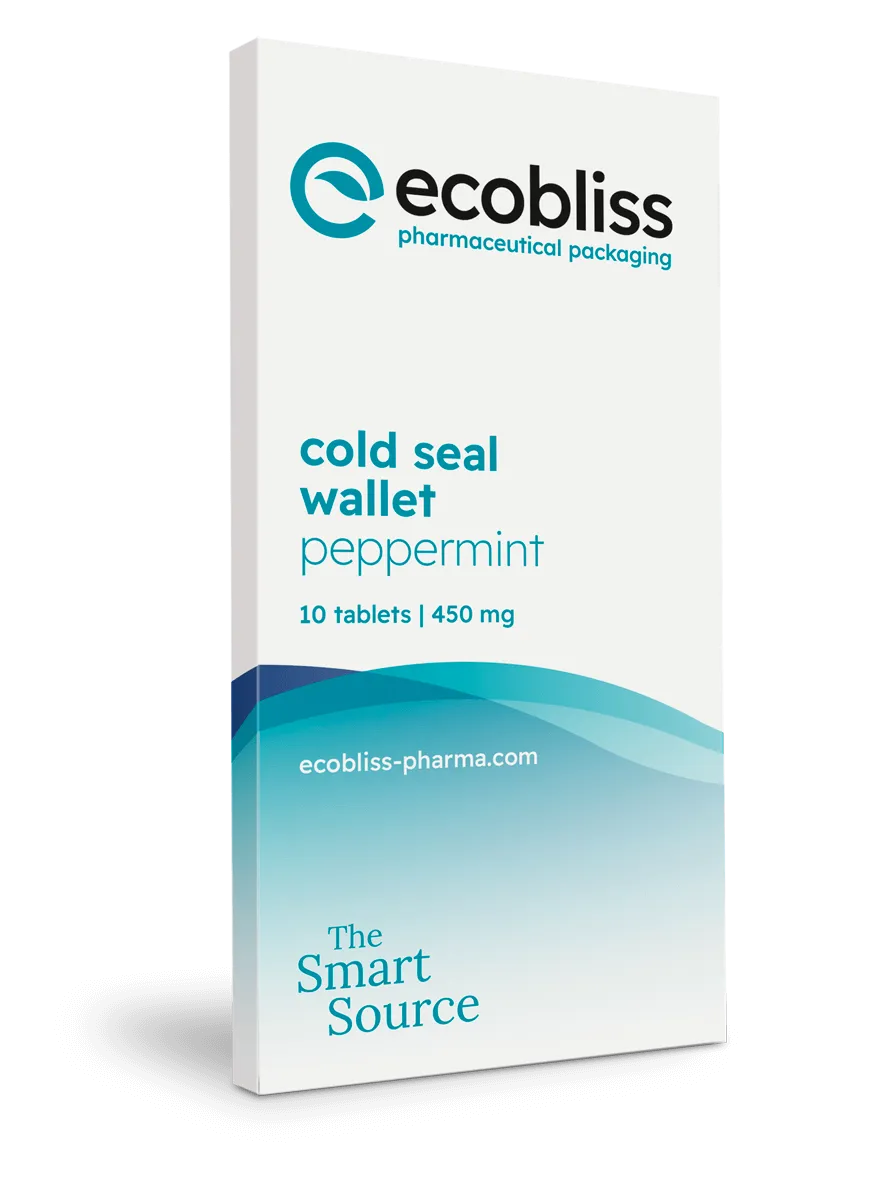Why patient behavior matters in pharmaceutical packaging
Non-adherence to prescribed medications is a widespread issue, with the World Health Organization estimating that up to 50% of patients fail to take medications asdirected. While several factors contribute to this, packaging plays a powerfulrole in shaping how a patient perceives and engages with their treatment. By applying packaging psychology to design, manufacturers can support ease of use,offer visual cues, and build emotional reassurance. These elements help patients stay consistent with their medication schedules. Although these design choices may seem small, their behavioral impact is measurable.
How packaging psychology shapes visual perception
Patients form an impression of a pharmaceutical product in just a few seconds. Visual design elements such as color, typography, icons, and layout all contribute to that first impression. Understanding how these elements influence perception is a key aspect of packaging psychology.
Color psychology
Colors influence mood and perception. Blue is often associated with trust and calmness and is frequently used for chronic medication. Green suggests wellness and is common in natural remedies. Red, on the other hand, can signal urgency and is often used on warning labels. When used intentionally, color becomes part of the packaging psychology strategy. Consistent use across product lines also helps patients quickly recognize their medications. This is particularly helpful for those managing multiple prescriptions.
Typography and layout
Readablefonts, clear spacing, and logical layout improve comprehension. Older adults orpeople with impaired vision benefit from high-contrast text and uncluttered design. These visual details are not just design decisions; they are rooted in packaging psychology and directly influence patient understanding and confidence.
Packaging formats and behavioral impact
The physical structure of pharmaceutical packaging can either encourage or hinder proper use. Effective packaging psychology looks beyond materials and logistics and into the behavioral patterns of real users.
Blister packs vs. bottles
Blister packaging offers clear visual feedback. Patients can see how many doses they have taken and how many remain, which helps create a sense of routine. Calendar markings or numbered compartments support habit formation and reduceuncertainty. In contrast, bottles offer little to no visual guidance. Patients may forget whether they have taken their dose, increasing the risk of under- oroverdosing. While bottles are convenient, they generally lack the behavioral reinforcement that blister packs (informed by packaging psychology) can offer.
Building trust through packaging psychology
Patients are more likely to take their medication when the packaging feels safe and professionally crafted. Tamper-evident features, sealed cold-form packs, andclean design help build confidence in the product. When packaging appearsdamaged, faded, or poorly printed, patients may question the authenticity ofthe medicine. This emotional response is part of packaging psychology. Inregions where counterfeit drugs are a concern, a well-executed design becomes asilent yet powerful signal of reliability.
Designing packages for seniors and children
Different patient groups require different approaches. Seniors, for instance, oftenstruggle with small print or rigid materials. Packaging that opens easily and features large, legible text can help them follow instructions more safely and independently. For children, packaging must be both secure and engaging. Child-resistant packaging prevent accidents, while bright visuals reduce anxiety. Packaging psychology in these cases focuses on balancing usability for adults with safety for young users.
Smart packaging and patient psychology
Technology has expanded the possibilities of behavior-driven packaging. Today’s “smartpackaging” includes NFC tags, digital sensors, and app integrations designed totrack usage, send reminders, or alert caregivers when doses are missed. This is a clear example of packaging psychology evolving with technology. By aligning user behavior with digital tools, smart packaging shifts from passive container to active health companion. The result is better adherence and more responsive care.
Thoughtful design that supportsbetter care
Pharmaceutical packaging is no longer just a protective layer around medicine. It plays a meaningful role in how patients experience their treatment. When the design is clear, reassuring and easy to use, it helps people take their medication more consistently and with greater confidence. This is where packaging psychology becomes valuable, as it connects design choices to real patient behavior. By supporting daily routines and reducing confusion, thoughtful packaging helps create trust. These small, intentional details often lead to better health outcomes. A good design in healthcare is not a luxury but a meaningful part of the care process.
So, packaging psychology goes further than just trying to inform people. Especially in the pharmaceutical industry it is important to invest in proper packaging. At Ecobliss we understand this. We develop professional, sustainable packagingthat takes every aspect of packaging psychology into account. Read more about our pharma packaging design and development here.
Request a free sample now!










